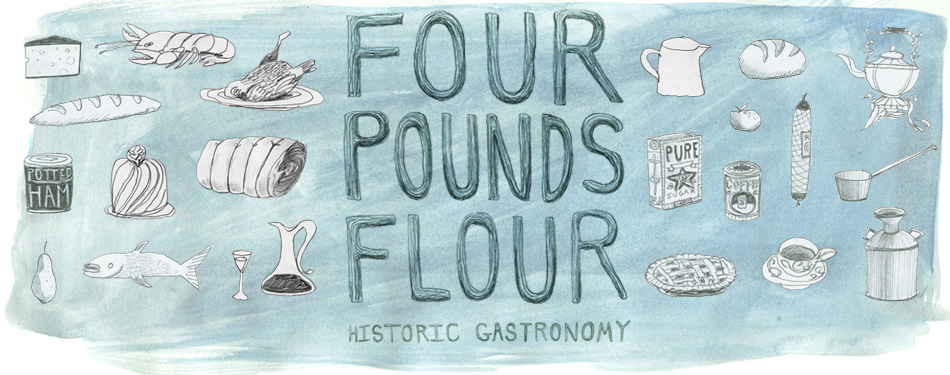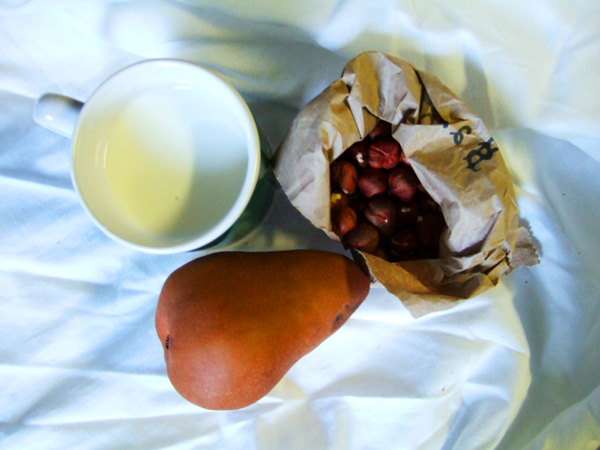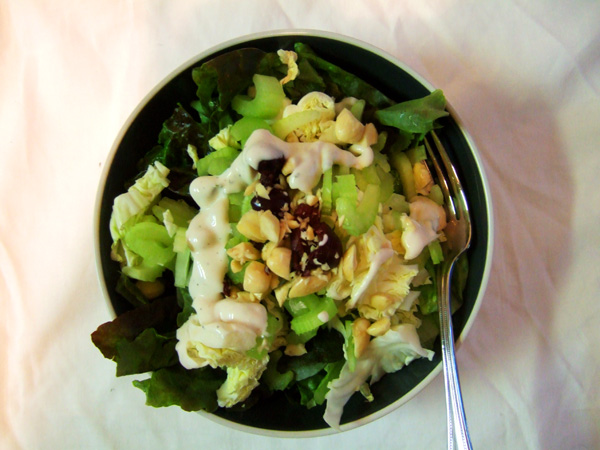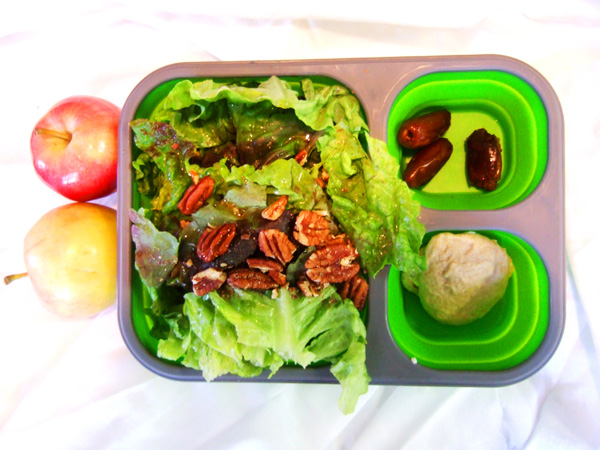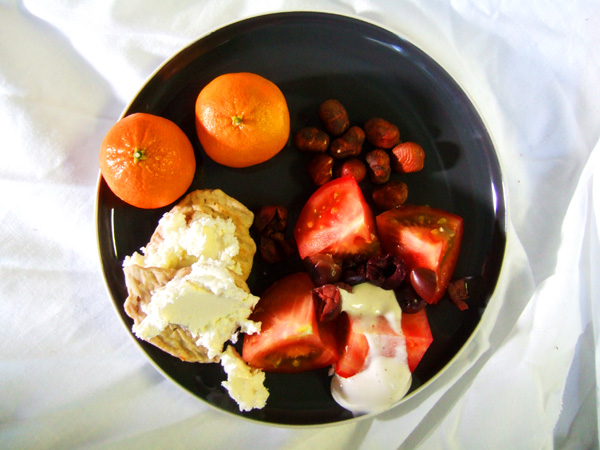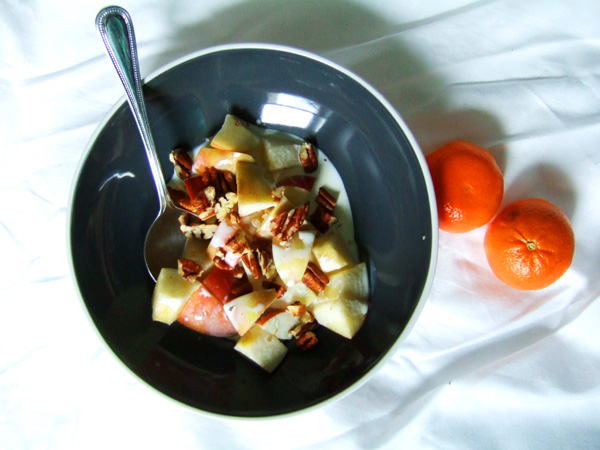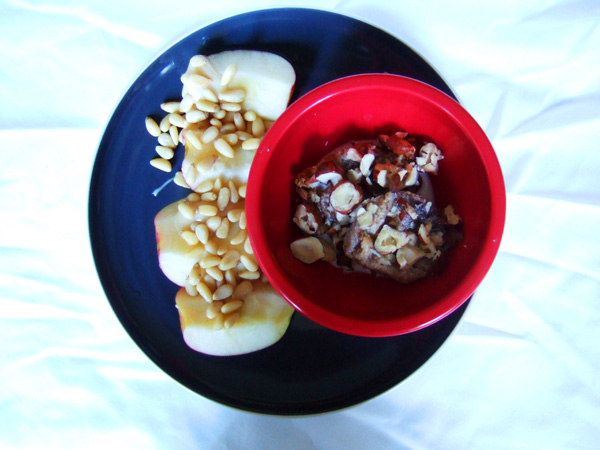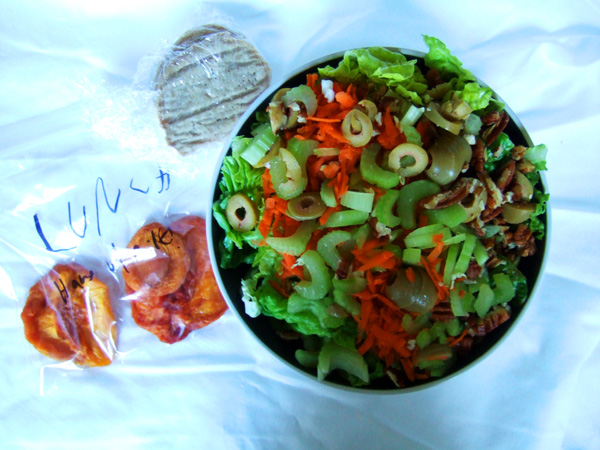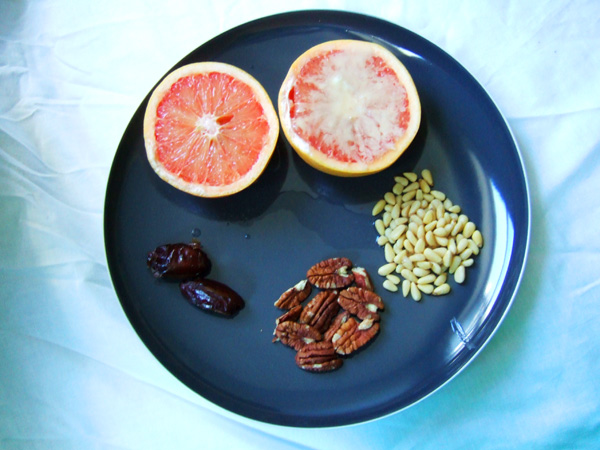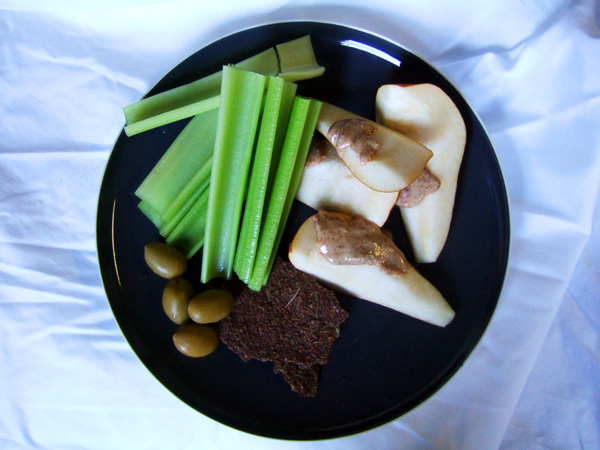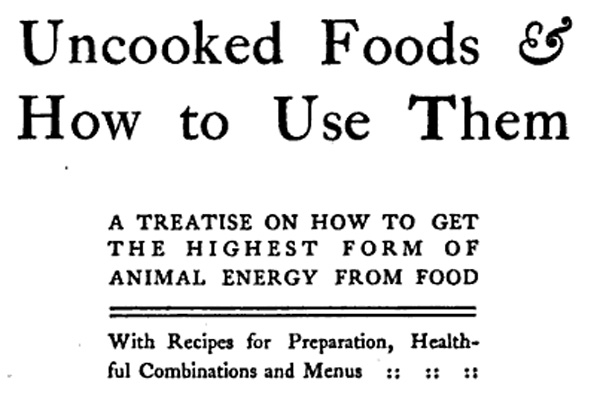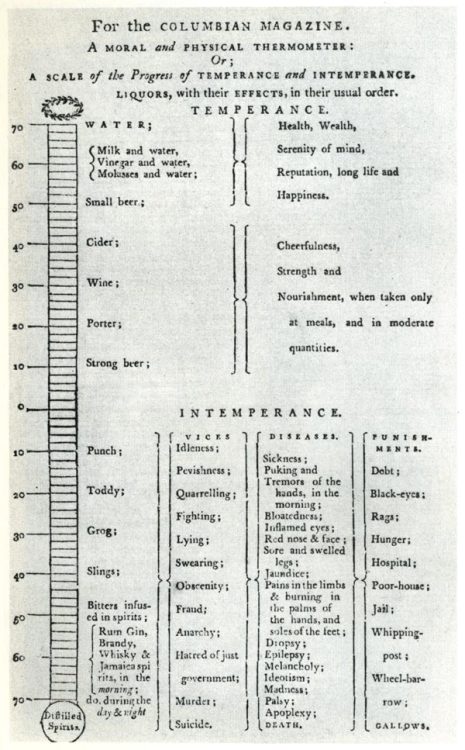 Tea-and-two-slices.
Tea-and-two-slices.
In the late 1920s, George Orwell compiled his first full-length book. Although Down And Out In Paris And London wasn’t an epic novel about a dystopian future, the origins of his later works could be found in this semi-documentarian, semi-autobiographical look at the criminalization of the poor.
In the first half of Down and Out…, Orwell gives a grueling account of the French food industry; he worked in Paris as one of the lowliest kitchen staff buried in the basement scullery of a hotel. But even more fascinating was when Orwell’s main character returns to his hometown of London, and through a series of misfortunes ends up living life as a penniless “tramp” for a period of several months. Orwell, too, lived amongst the homeless while he was a young journalist: he wandered in and out of shelters with the permanently poor, and became critical of the housing and diet of these men, the latter being “tea-and-two-slices.”
Ironically, just off the boat from France, Orwell”s main character orders tea-and-two-slices with a sort of welcome nostalgia. Standard 1920s British diner fair, it’s a mug of tea with milk and sugar, and two slices of toast spread with margarine. But as he gets caught up in the system of cheap lodging houses, work houses, and prison-like shelters called “spikes,” it is the only food offered to the homeless. “Food..had come to mean simply bread and margarine, which will cheat hunger for an hour or two,” Orwell writes.
“It follows that the ‘Serves them damned well right’ attitude that is normally taken towards tramps is no fairer that it would be towards cripples or invalids. When one has realized that, one begins to put oneself in a tramp’s place and understand what his life is like. It is an extraordinarily futile, acutely unpleasant life…hunger, which is almost the general fate of tramps. The casual ward [a sort of shelter] gives them a ration which is probably not even meant to be sufficient, and anything beyond that must be got by begging–that is, by breaking the law. The result is that nearly every tramp is rotted by malnutrition; for proof of which we need only look at the men lining up outside any casual ward.”
Orwell’s book goes so deeply, and personally, into societal views of poverty that I can’t even scratch the surface in this post. Go on and read it, it will fascinate you. But in an odd sort of tribute, I’m going to reenact the part that fascinated me the most: the ongoing march of tea-and-two-slices, this very British meal that was the insufficient fuel for an army of homeless men. Four meals today: 8am, 12pm, 4pm, and 8pm–tea, bread and margarine only. I’ll update this post with thoughts throughout the day.
Update 12pm: A few words on margarine: I hate it. I hate the mouth-feel and greasy taste. My future husband & my temporary roommate LOVE it. That’s part of the reason I’m doing this experiment now, because there’s an economy sized tub of it in the fridge. I haven’t been able to figure out why margarine was so incredibly popular in England – maybe someone out there can clue me in – but this line from Down and Out is particularly telling:
“An ordinary London coffee shop, like a thousand others…’Can I have some tea and bread and butter?’ I said to the girl.
She stared. ‘No butter, only marg,” she said, surprised. And she repeated the order in the phrase that is to London what the eternal coup de rouge is to Paris: ‘Large tea and two slices!’
Daily Mail UK online has some things to say about margarine.
Black tea with milk and sugar is one of my favorite things in the world, however. And sipped slowly over many hours, it does stave off hunger, as many an Irish domestic knew.
Update 4pm: I get really hungry about two hours after eating. The tea always helps–I’m very happy when I’m filled with sugar and caffeine. Tea is a drug, that in the 19th and early 20th centuries, helped the poor get through their day and functioned as a substitute for food when there was none. The “lower classes” were also constantly criticized for spending what little money they had on frivolities like tea and sugar; or so it was perceived, in England and on this side of the ocean. Perhaps today’s replacement is coffee or Mountain Dew.
Update 8pm: I had my last tea-and-two-slices an hour early. What I ate at 4pm didn’t satisfy me at all. I was having trouble thinking and remembering by 5pm, and by 6 I had to go have a lay down. I feel weak, sick and confused. When I ate my final meal at 7, I felt full, but gross. I really thought today would be a cakewalk–who doesn’t love tea and toast? But I cannot imagine eating this, and only this, day after day. It would destroy you.
I think I might have a banana and some peanut butter before I go to bed. Don’t judge.
